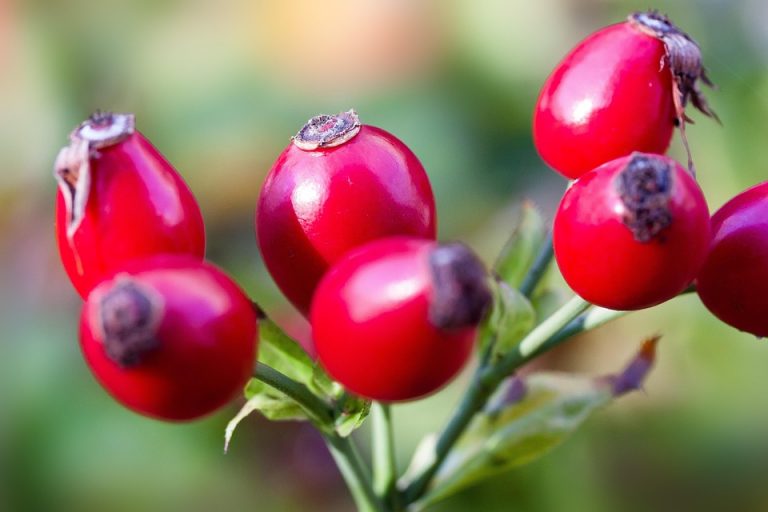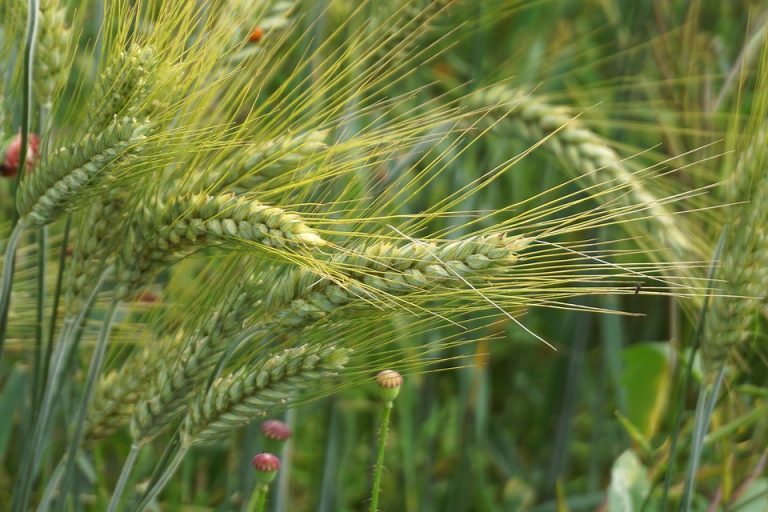Balancing blood sugar naturally is a journey worth taking. Your body thrives when your blood sugar levels are stable, and the good news? You can achieve this through simple, everyday foods that nourish and support you. Let’s dive into some delicious options that can transform your health and well-being.
Contents
Understanding Blood Sugar Balance
Blood sugar, or glucose, is your body’s primary source of energy. When levels fluctuate too much, you can experience a range of issues, from fatigue to mood swings and even long-term health complications. Maintaining balanced blood sugar is crucial for your overall health, helping you feel energized, focused, and in control.
So, how can you keep your blood sugar steady? The answer lies in your diet! Certain foods have the power to regulate blood sugar levels, providing you with lasting energy and vitality. Let’s explore seven simple foods that can help you achieve this balance naturally.
1. Leafy Greens
Think of leafy greens as your blood sugar superheroes. Packed with fiber, vitamins, and minerals, these greens—like spinach, kale, and Swiss chard—help slow down the absorption of sugar into your bloodstream. This means you can enjoy sustained energy without those pesky spikes and crashes.
Why They Work
- High in Fiber: Fiber slows digestion, leading to a gradual release of glucose.
- Low in Calories: You can fill your plate without the guilt.
- Rich in Nutrients: Vitamins A, C, and K, as well as magnesium, help regulate blood sugar.
Incorporate leafy greens into your meals. Toss them in salads, blend them into smoothies, or sauté them with garlic for a simple side dish.
2. Avocados
Creamy, delicious avocados are not just a trendy food; they’re a fantastic ally in blood sugar management. Their healthy fats and fiber content make them a perfect choice to keep your blood sugar levels stable.
Why They Work
- Healthy Fats: Monounsaturated fats help reduce insulin sensitivity.
- Fiber-Rich: Promotes better digestion and steady energy levels.
Spread avocado on whole-grain toast, toss it in salads, or blend it into smoothies for a creamy texture.
3. Nuts and Seeds
Nuts and seeds are nature’s little powerhouses. They’re not only satisfying but also packed with essential nutrients that help balance blood sugar.
Why They Work
- Healthy Fats and Protein: Both help in slowing down sugar absorption.
- Low Glycemic Index: They have minimal impact on blood sugar levels.
Snack on a handful of almonds, walnuts, or chia seeds. Sprinkle them over your meals for an extra crunch!
4. Berries
Berries are a delightful way to satisfy your sweet tooth without causing blood sugar spikes. Blueberries, strawberries, and raspberries are loaded with antioxidants and fiber.
Why They Work
- Low in Sugar: Compared to other fruits, berries are lower in sugar.
- High in Fiber: Supports healthy digestion and blood sugar balance.
Enjoy berries fresh, blended in smoothies, or as a topping for yogurt or oatmeal.
5. Whole Grains
Whole grains are a smart choice when it comes to blood sugar management. They offer a wealth of nutrients and fiber, which support a slow and steady release of glucose.
Why They Work
- High Fiber Content: Keeps you full and stabilizes blood sugar levels.
- Rich in Nutrients: Provides essential vitamins and minerals.
Opt for quinoa, brown rice, or whole oats over refined grains. They make for hearty bases in meals that fuel your body.
6. Legumes
Beans, lentils, and chickpeas are fantastic for keeping your blood sugar balanced. These legumes are high in protein and fiber, making them a satisfying addition to your diet.
Why They Work
- Low Glycemic Index: They have a minimal effect on blood sugar.
- Nutrient-Dense: Packed with protein, fiber, and essential minerals.
Add legumes to salads, soups, or make a hearty bean chili for a comforting meal.
7. Fatty Fish
Fatty fish like salmon, mackerel, and sardines are rich in omega-3 fatty acids, which have anti-inflammatory properties and can help improve insulin sensitivity.
Why They Work
- High in Protein: Helps slow down sugar absorption.
- Omega-3s: Promote heart health and regulate blood sugar levels.
Aim to include fatty fish in your diet at least twice a week. Grill, bake, or pan-sear them for a deliciously healthy meal.
Putting It All Together
Incorporating these seven simple foods into your everyday meals can make a significant difference in how your body processes sugar. Here’s a quick meal idea to get you started:
Sample Meal Plan
- Breakfast: Overnight oats topped with berries and chia seeds.
- Lunch: Spinach salad with grilled chicken, avocado, and a sprinkle of walnuts.
- Snack: A handful of almonds or a small bowl of mixed berries.
- Dinner: Quinoa and black bean bowl with sautéed kale and grilled salmon.
The Importance of Balance
Maintaining stable blood sugar isn’t just about what you eat; it’s also about how you eat. Focus on balanced meals that include a mix of protein, healthy fats, and fiber-rich carbohydrates. This combination will work wonders for your energy levels and overall health.
Bottom Line
Balancing blood sugar naturally is achievable, and it starts with simple, wholesome foods. By making these choices, you’re not just fueling your body; you’re nurturing it. Remember, you have the power to take control of your health through what you eat.
Ready to transform your meals? Start today by adding these seven simple foods to your diet, and watch how they positively impact your life. You deserve to feel vibrant and energized!
FAQs
1. Can I eat fruit if I’m trying to balance my blood sugar?
Yes! Focus on low-sugar fruits like berries. They’re packed with fiber and nutrients.
2. How often should I eat?
Aim for balanced meals and snacks every 3-4 hours to maintain steady blood sugar levels.
3. Is it necessary to avoid all carbohydrates?
Not at all! Choose whole grains and fiber-rich options, and pair them with protein and healthy fats for balanced meals.
Embrace this journey, and remember: every small change counts!








